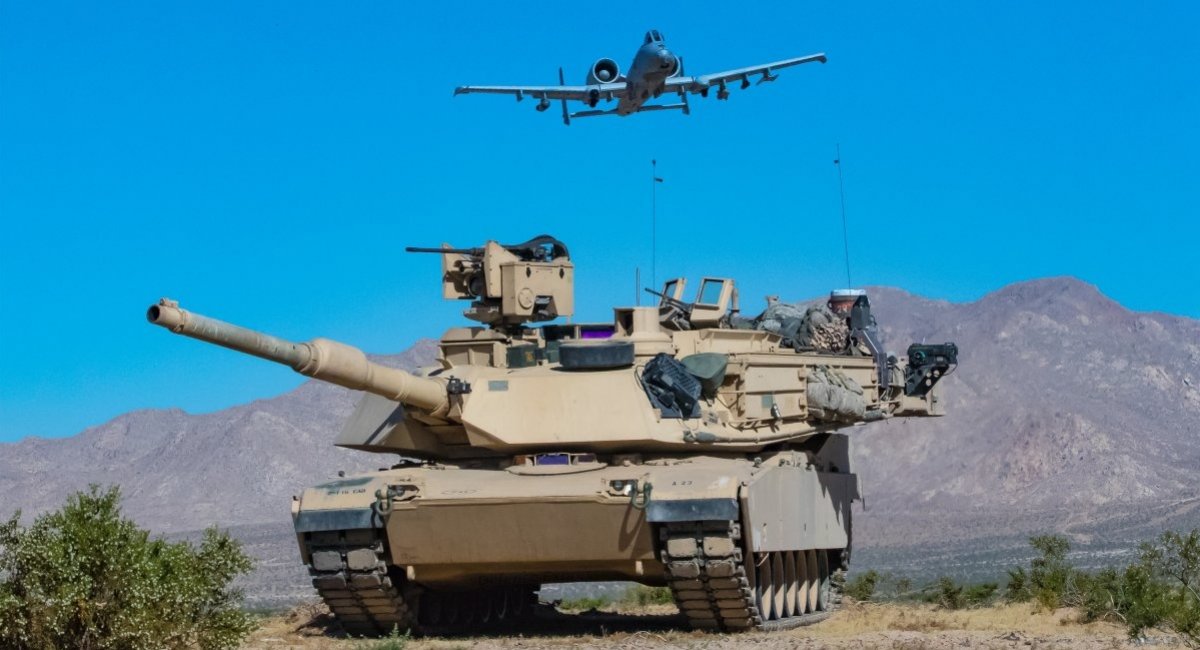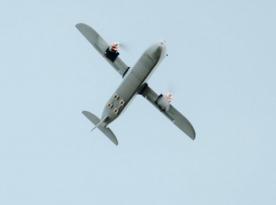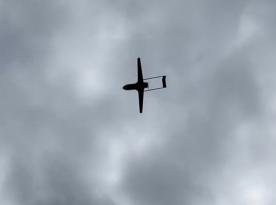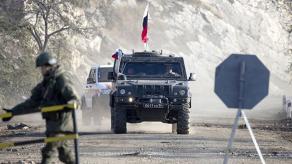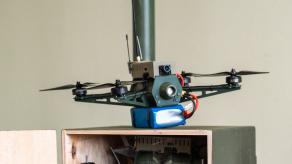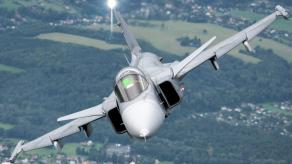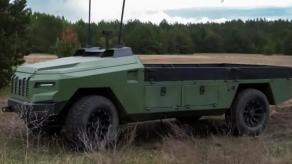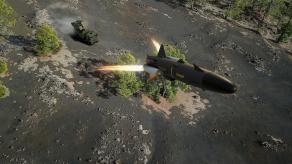Recently, the U.S. Congress’s Commission on National Defense Strategy released an extensive report with a bold statement resonating through the media: the United States is not prepared for a World War II–like magnitude war. The bulk of the report, however, focuses on actionable steps to enhance the nation's defense capabilities.
The current doctrine indicates that the Pentagon can only handle a conflict with a single strong adversary and would struggle against a coalition of China and the russian federation. Moreover, it needs to rely on allies to hold Beijing back. The global security situation is so critical that the risks facing the U.S. are the highest since 1945. A major reason for that is precisely because Washington has been too ignorant since the end of the Cold War. If the U.S. does not take decisive action, the balance of power will steadily shift in China’s favor, with significant consequences.
Read more: USA Created FrankenSAM for Ukraine, Now Wants Some for Itself, on Truck Chassis
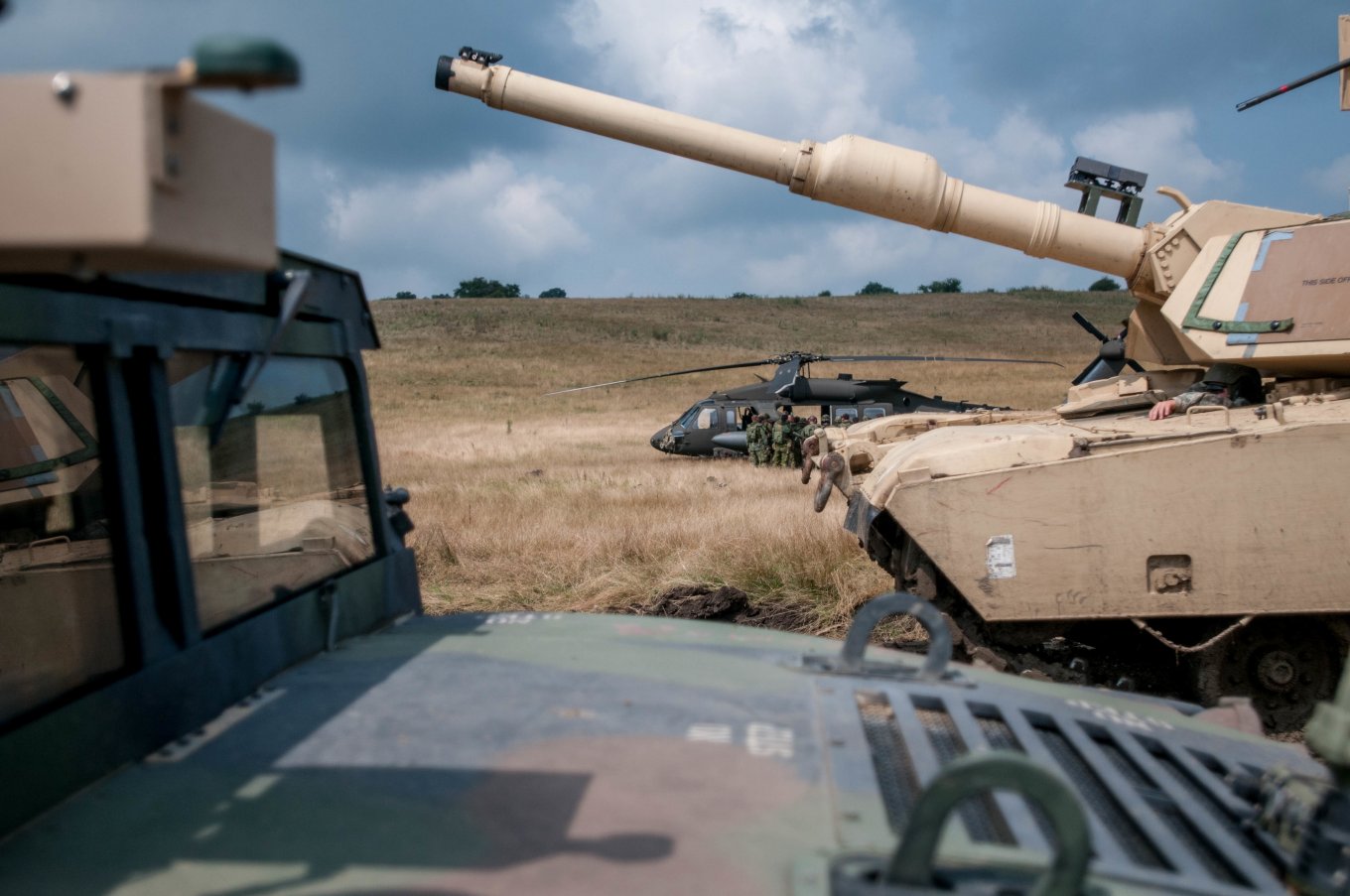
Defense Express recommends reading the full report, available at the end of this post. Here, we will outline the key steps identified in the document, many of which stem from Ukraine’s war experience against russia.
The report notes, "The war in Ukraine has demonstrated the need to prepare for new forms of conflict and to integrate technology and new capabilities rapidly with older systems." It also highlights that a prolonged war across multiple theaters requires a substantial boost in capabilities of the defense-industrial complex.
The authors conclude that the current American defense industry does not meet these requirements and recommends increasing the base defense budget at an average rate of 3–5% above inflation, effectively reaching Cold War–era levels.
However, to avoid exacerbating the already growing budget deficit, "increased security spending should be accompanied by additional taxes and reforms to entitlement spending."
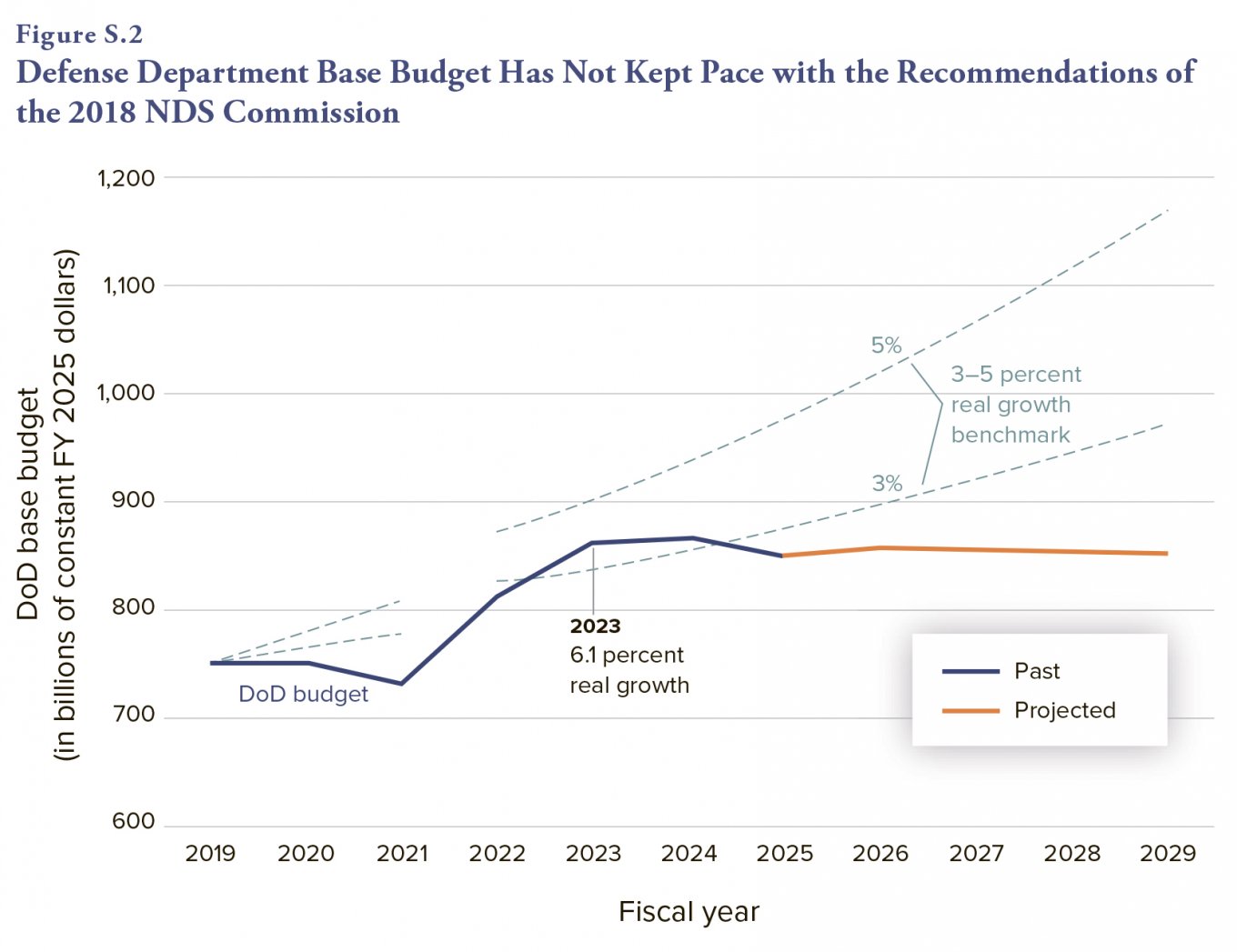
But the problem is not only the size of the defense budget, its correct allocation and general management methods are no less important. The report criticizes the current American defense system and its leader as "ossified" and "risk-averse," advocating a shift away from long-term, costly developments towards mass production.
"There are recent examples that demonstrate that DoD (U.S. Department of Defense - ed.) can move quickly, break with tradition, and engage industry (...) but these examples remain the exception rather than the rule. The larger elements of DoD must follow suit."
Ukraine is highlighted as a model for rapid innovation in practices, technology, and concepts: "In Ukraine, where the threat is existential, we see innovation in practices, technology, and concepts at a speed largely foreign to the U.S. government."
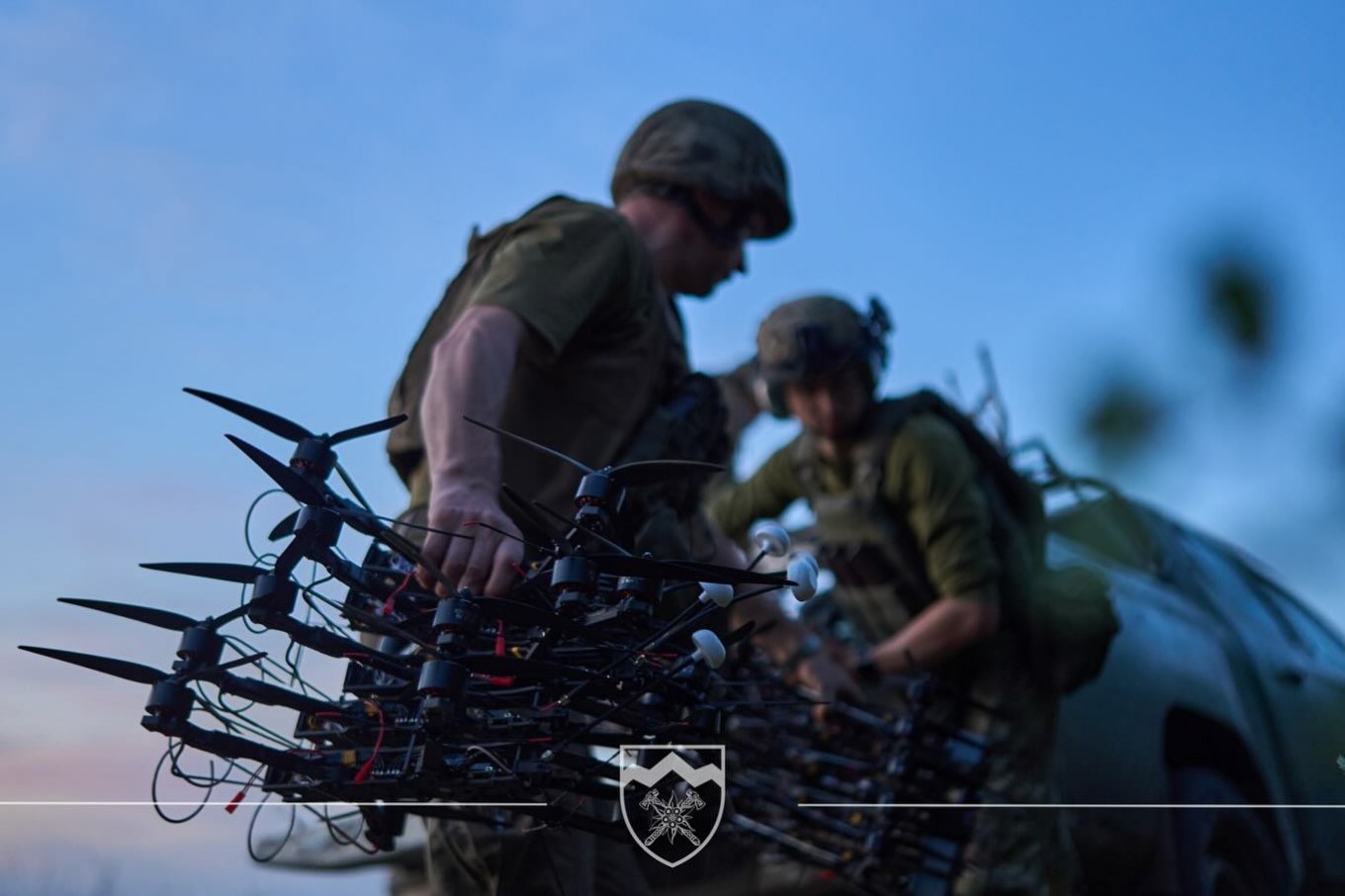
In general, the Commission suggests that the U.S. Department of Defense should urgently review all major weapons systems, focusing on maneuverability, compatibility, and survivability. It also calls for increased investment in space and cyberspace defense.
The U.S. armed forces are encouraged to adopt Ukraine’s practices, enhancing capabilities in air defense, counter-UAV warfare, electronic warfare, and long-range strikes. In naval operations, the focus should shift from large ships like Virginia-class submarines to leveraging saturation and swarm attacks by unmanned platforms and long-range munitions.
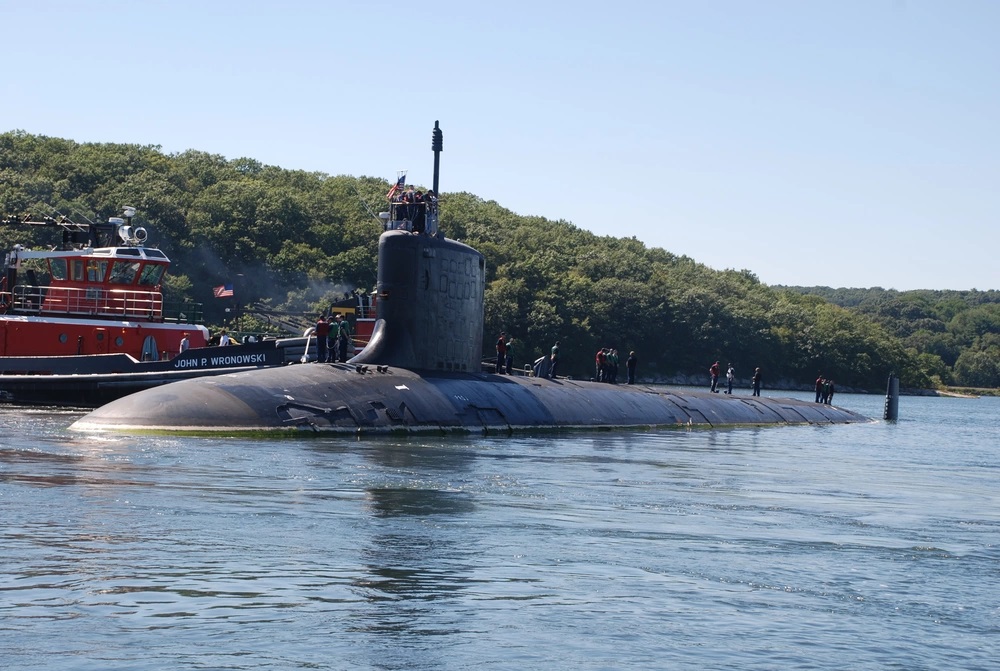
Additionally, the report advises that the U.S. military should establish a greater presence in Ukraine to gain experience and integrate new technologies into the modern battlefield.
Congress is urged to pass additional appropriations for multi-year investments in manufacturing capacity both domestically and among allies. In order to scale and accelerate this process, export control rules and procedures need to be simplified. The U.S. should also increase the import of technologies and solutions from allies to enhance its own armed forces.
Finally, the report emphasizes that concentrated diplomatic and economic efforts significantly contribute to defense capabilities, noting that China actively uses these strategies to expand its global influence.
Full report from the Commission on National Defense Strategy:
Read more: Case of Main Arms Manufacturer Rostec As Example of russia's Transition to Wartime Economy




